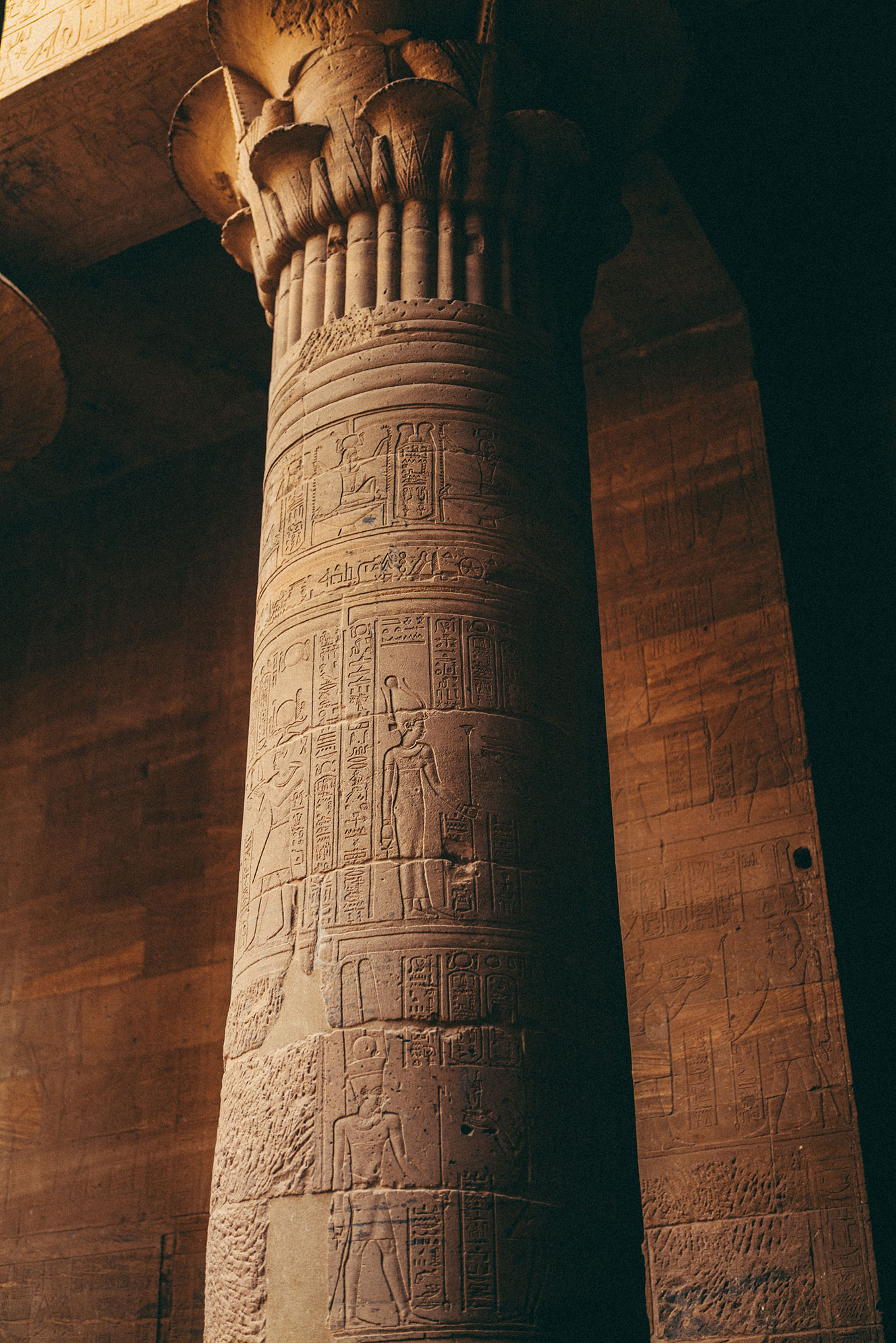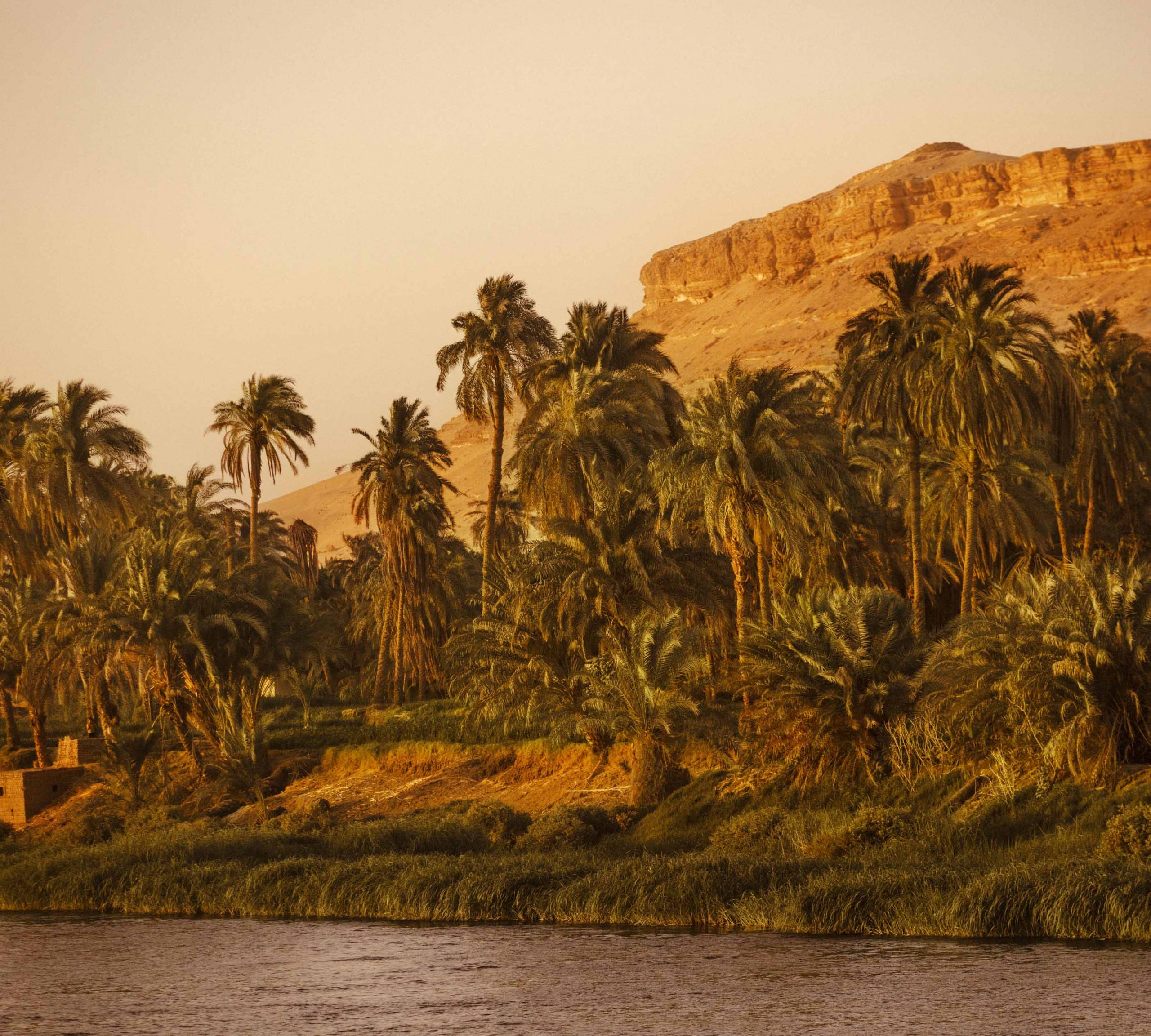The Origins of Egyptology
BY CLAUDINE LE TOURNEUR D’ISON“Is France not the cradle of Egyptology? Did she not dedicate a place in the heart of her capital city to the magnificent obelisk of Luxor that the Viceroy of Egypt had given to the French people in honour of Champollion, who had just revived the glory of the Pharaohs? Egyptology, since its earliest beginnings, is indeed one of the glories of France. And France is the homeland of Egyptology.” Such was the tirelessly repeated contention of the Egyptologist Christiane Desroches Noblecourt (1913-2011). Egypt owes to her, second only to Champollion, the place of eminence that she occupies in the imagination of the French.
It can be said to have its true beginnings with the Commission for the Arts and Sciences associated with the Egyptian campaign of 1798. Bonaparte imposed on the military expedition a whole cohort of scholars appointed to describe the country that intellectuals held to be the cradle of Western civilisation. It was a colossal task. Braving the battles and the danger, they returned with an encyclopaedic study, after intensive examination of every aspect of Egypt, from its antiquities to its language, from its economy to its social structures, from its music to its geography. Taking as his model the Institut de France, to which these academics belonged, Bonaparte created its opposite number, the Institut d’Égypte, in Cairo, and financed that fabulous work, the Description of Egypt.

Champollion: from the Rosetta Stone to the deciphering of the hieroglyphics
When his book was published in 1809, Jean-François Champollion was 19 years old. It was a miracle of a book from the young man, but also a poisoned chalice due to the erroneous transcriptions of academics which scattered the trail with false scents. For the last nine years, he had been applying himself zealously to the study of hieroglyphics, in the conviction that it was his destiny to decipher them. The Rosetta Stone, discovered by French soldiers during the Egyptian expedition, was the fundamental element in which the key to the system was hidden. This fragment of a stela, engraved with a text in three languages – ancient Greek, Demotic and Hieroglyphic – was the magic formula that would unlock the answer. Using his brilliant intellect and gift for logic, Champollion was to discover the true nature of the Egyptian language. To induce these texts, which had been mute for two thousand years, to speak he used his semantic memory while studying, and then learning, a network of languages.
After years of effort, trial and error, he exclaimed to his brother, “I’ve got it!” before collapsing, overwhelmed. On 15th May 1826, Charles X appointed him curator of the new Egyptian department of the Louvre. Finally, on 18th August 1828, the childhood dream of Champollion was realised: he disembarked in Alexandria to become the first man to raise from the tomb the history of the mother of civilisations. The die was cast. Egyptology was born.

When the “Decipherer” passed away in March 1832, Auguste Mariette was a mere boy of 11, living in Boulogne sur Mer. He had no prior knowledge of Egypt, but while he was exploring an attic, he came across the notebooks of Nestor L’Hôte, a distant cousin, who had travelled with Champollion on the Egyptian scientific mission of 1828. The treasure that destiny had placed in his hands became an obsession. From then on, nothing could hold him back.
Thus the name of the man, at that time a modest teacher, who radically developed archaeology all along the Nile valley with the purpose of seeking the foundation stones of history in the field, would become famous in the history of Egyptology. “Mariette is really Egyptology’s first field researcher,” wrote Christiane Desroches Noblecourt. On his return from Egypt in 1864, the writer and historian Ernest Renan, overawed by his personality, wrote in the Revue des deux mondes: “Mariette truly directed the greatest scientific enterprise of our century.” After enriching the Louvre with 7,000 objects, most of them obtained from the discovery and excavations of the Serapeum of Memphis, at Saqqara, he established himself in Egypt in the employment of the Egyptian government.
In 1858, concerned about the pillaging and destruction of antique sites, Mariette created the Egyptian Department of Antiquities, with responsibility for regulating excavations, putting an end to damage and undertaking the excavation of temples. Henceforth, all archaeologists, both Egyptian and foreign, had to apply for accreditation before starting operations on an ancient site. To prevent hundreds of objects brought to light across the country from disappearing into thin air, Auguste Mariette obtained authority from the viceroy to create a museum and provide definitive protection for the treasures emerging out of the sand. Mariette was thus at the heart of the conservation of Egyptian cultural heritage in the 19th century.
After the death of Auguste Mariette in 1881, the two closely linked posts of Director of the Department of Antiquities and Director of the Egyptian Museum (at that time, the Bulaq Museum) were always assigned to a Frenchman until Nasser came to power in 1952. Mariette was thus succeeded by Gaston Maspero. He was a brilliant scholar. In 1880, the then Minister for Public Education and Fine Arts, Jules Ferry, appointed him head of a permanent archaeological mission in Cairo, which was originally named the French School of Cairo but subsequently became the French Institute of Oriental Archaeology: the celebrated IFAO.
Maspero committed himself with passion to a country which he had not initially chosen. He had scarcely taken up his post when he discovered the Pyramid Texts at Saqqara, writings of a religious and ritual nature designed to help a dead person along their journey to the next world. After that, he supervised the dig at Karnak, from which hundreds of colossal statues were exhumed. “We have been fishing for statues at the temple of Karnak for 20 months. We have already hooked 700 monuments, but a whole nation is still being brought up into the light and demanding a place in the galleries of our museum,” he wrote, after directing the relocation of the museum created by Mariette, now occupying the rose-pink building constructed on Tahrir Square, in Cairo.

Nefertari, Tutankhamun and more
the wonders of the royal necropolis
Ever since Champollion’s discovery, Egyptology had attracted imitators from many countries. Italians, Britons and Germans hastened to obtain concessions. In 1904, the Italian Egyptologist Ernesto Schiaparelli brought to light the most exceptional tomb in the Valley of the Queens. Stunned by the magnificence of the paintings and colours, Schiaparelli was seized with vertigo. Constructed for the great and favourite wife of Ramesses II, Queen Nefertari, this tomb remains a jewel among all the finest art that the 19th Dynasty had produced. But credit for the most staggering discovery, the kind that every archaeologist dreams may come his way one day, goes to the Englishman Howard Carter. One fine morning in October 1922, Carter made his way to the craftsmen’s village of Deir el-Medina. The site, located on the west bank of the Nile, only a miles from the Valley of the Kings, was being excavated by the French archaeologist Bernard Bruyère. Carter had come to tell his French colleague of his despair: his patron, Lord Carnarvon, was terminating their collaboration, allowing him no more than this final excavation campaign.
Since 1917, the archaeologist had moved tons of sand, scouring every nook and cranny of the Valley of the Kings without managing to find the slightest indication to give grounds for hope that the tomb of the pharaoh Tutankhamun really existed. Bruyère, who took a close interest in the Englishman’s digging operations, reminded him that there was still one place that he had not searched: near the entrance to the tomb of Ramesses VI were the remains of houses built in that epoch by the workers engaged on the construction of a tomb, which should be located underneath. As early as 1918, Carter had made some intriguing discoveries: stone slabs covered with branches and rushes proved the existence of these makeshift dwellings, from which he had already uncovered a few ostracons dating from the reign of Ramesses II, some glass beads, fragments of gold leaf and a vase containing the desiccated corpse of a snake. Determined to uncover these vestiges, he was prevented from continuing by
Pierre Lacau, director of the Antiquities Department, who forbade him from cutting off access to the tomb of Ramesses VI, one of the finest of the royal tombs, with his excavations. Back in the valley, persuaded by Bruyère, Carter summoned his faithful rais (chief), Ahmed Girigar, and ordered him to resume operations at the foot of the tomb of Ramesses VI. He did not care that he was disobeying the instructions of Lacau. Carter had had the intuition, all along, that the tomb was there, close by. On 1st November, the labourers had almost finished removing the debris of the Ramessesian dwellings. Carter took photographs, measured heights and urged the workers to dig even deeper until they got down to the bedrock. On 3rd November, the bare rock was reached. The exploration was really beginning. When he arrived on the site on the morning of 4th November, an ominous silence made Carter uneasy. The workmen, usually so talkative, did not say a word. The archaeologist was worried: had there been an accident?
Ahmed Girigar remained silent. Then he made signs to one of his men to approach. The man explained that he had been probing the sand with his staff when he encountered a hard obstacle. Using his hands, he pushed the sand aside until he uncovered an ancient block. Frightened, he had gone no further. Carter asked to be taken to the spot. On his knees, the archaeologist carried on removing the sand. He uncovered a step. By the end of the day, a staircase 12ft deep had appeared, leading to some 18th Dynasty chamber. Feverish with excitement, Carter nevertheless determined to keep a cool head. The following day, the workmen, all excited by this discovery, continued the excavations down to a twelfth step.
In front of them was a walled-up doorway bearing the seal of a royal necropolis.
Then began the longest wait Carter had ever experienced. He would only open this mysterious door in the presence of Lord Carnarvon, who was then in England and would not arrive for another three weeks. The earl disembarked at Luxor on the 23rd November, and on the morning of the 24th, he arrived at the top of the stairs. Carter and Carnarvon exchanged anxious glances. When the door was completely uncovered, a royal cartouche was exposed, repeated several times. Carter reeled. Pale-faced, he turned to look at Carnarvon, who had stooped to look at the cartouches. The earl seized his friend’s arm. Carter was speechless, his heart almost stopped. Carnarvon begged him to translate what he read: “Tutankhamun”! The obsession of one man and the crazy dream of the other had come true.
In 1967, thanks to Christiane Desroches Noblecourt, France was the first country to put on display, in the Petit Palais, 35 objects from this treasure, which had never left Egypt since 1922. A snub to the British, who would not host the exhibition until 1972, for the fiftieth anniversary of the most fabulous discovery in the history of archaeology.
Credits
© Boby



